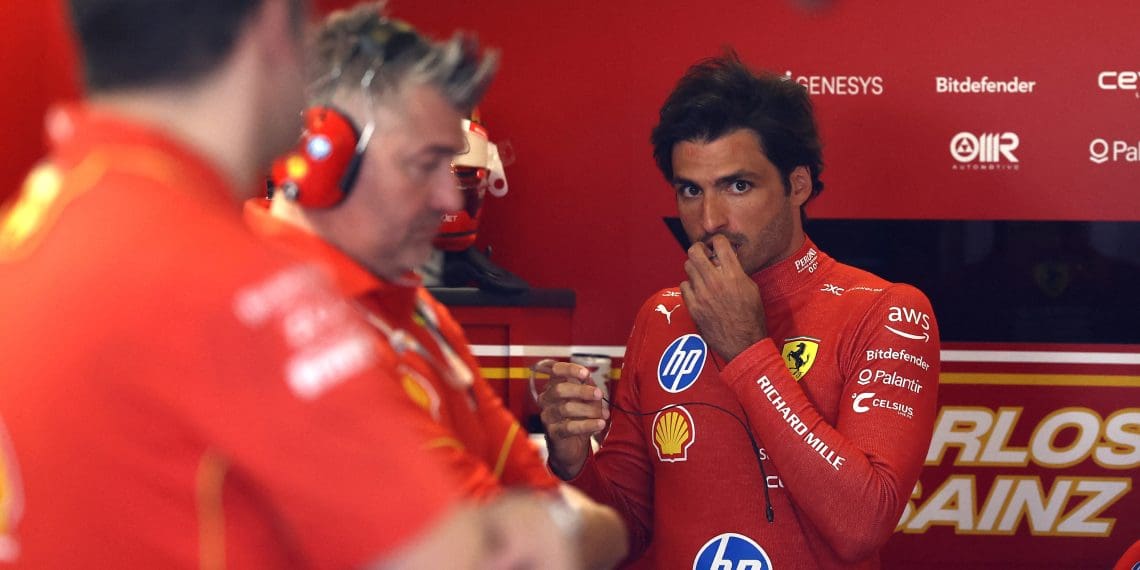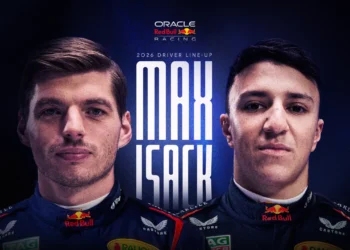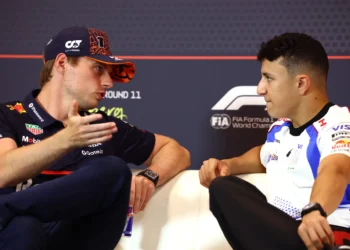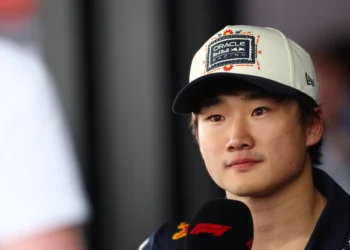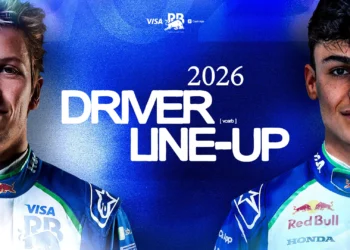Carlos Sainz has voiced his frustration over the upcoming 2026 Formula 1 regulation changes, lamenting that the reset could disrupt the competitive balance F1 has painstakingly achieved. After a thrilling 2024 season where seven drivers won multiple races, the Spaniard believes the sport is finally showcasing a level playing field — only to have it reset once again.
Sainz: “It’s a Pity”
Speaking candidly about the impending overhaul, Sainz expressed his disappointment:
“It’s a shame in a way that this is resetting in ‘26 because I feel like Formula 1 is, for once in a very, very long time, achieving a level playing field among all teams and all drivers. To show who is the best team but also who is the best driver. And yeah, I think it’s a bit of a pity.”
The last major regulation change in 2022 introduced the ground-effect era, ushering in two years of Red Bull dominance. However, the 2024 season saw a remarkable resurgence in competition, with McLaren, Ferrari, Mercedes, and Aston Martin consistently battling at the front. Fans were treated to a spectacle rarely seen in modern F1, and many fear that 2026 could upend this progress.
Sainz’s Gamble with Williams
While lamenting the broader changes in F1, Sainz is also grappling with a significant personal challenge. The Spaniard, fresh off his best-ever F1 season, has left Ferrari to lead Williams — a team that has been languishing at the back of the grid.
Sainz’s move is a bold one, driven by his faith in Team Principal James Vowles’ vision to return the storied outfit to its former glory. Williams, once a titan in F1 with regular battles against Ferrari, has been rebuilding from its backmarker status.
Vowles has laid out an ambitious roadmap but tempered expectations.
“If you ask me to commit to a date, I would have said more ’28. But the point is we should be on the right journey by ’26 and ’27. There’s quite a bit of investment, senior management, and other elements kicking in. ’28, I’d be a lot more confident about looking you in the eyes and saying, ‘Yes.’”
This timeline suggests that Williams could become competitive by 2028 — but at that point, Sainz would be 34 years old. The Spaniard is acutely aware that his prime years are ticking away, making his move to Williams a high-stakes gamble.
A Risk Worth Taking?
For Sainz, the decision to join Williams hinges on the promise of leading a team back to glory, but the timeline presents challenges. If Williams fails to deliver significant progress by 2026 or 2027, Sainz may find himself sidelined for younger talent poised to take advantage of the team’s resurgence.
However, Sainz appears resolute in his commitment to the project, a reflection of his belief in the team’s vision and his desire to leave a legacy beyond race wins.
F1’s Future: Parity vs. Dominance
Sainz’s critique of the 2026 regulations echoes concerns raised by other figures in the paddock, including Red Bull Team Principal Christian Horner. Both have argued that the sport’s newfound parity could be undone by the reset, creating the potential for one team to dominate under the new rules.
With Sainz leading a rebuilding Williams and F1 fans enjoying some of the closest racing in years, the 2026 regulations loom as a potential disruptor. For now, the Spaniard and his supporters can only hope that the upcoming changes do not derail the progress F1 has made in delivering thrilling, competitive racing.

